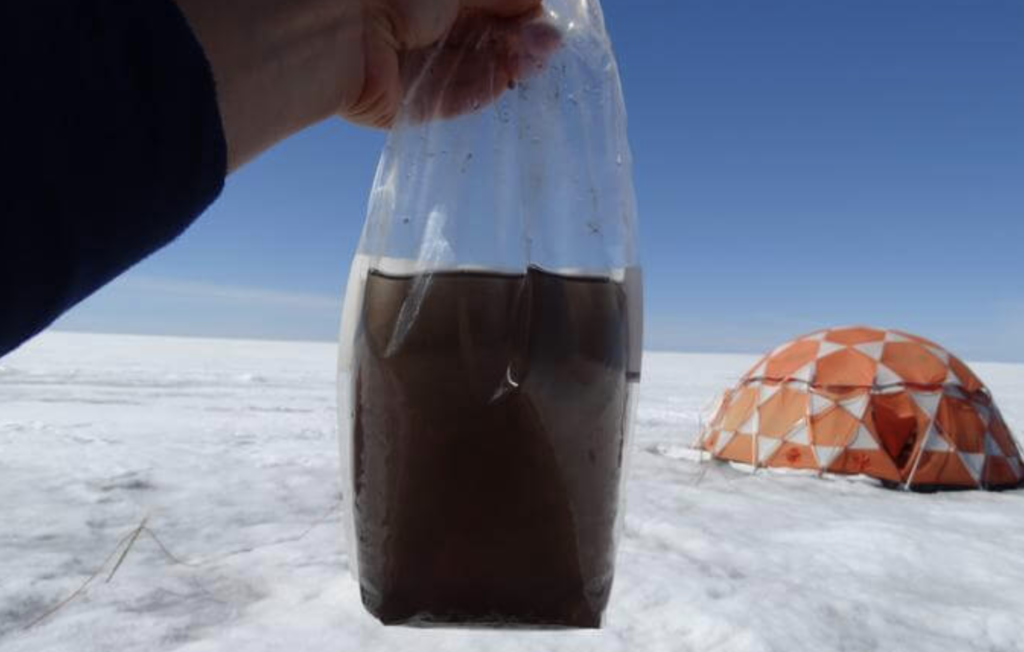
New Hope Against Ice Melting
Researchers have discovered new viruses on Arctic ice that could slow the melting caused by global warming. Laura Perini from Aarhus University’s Department of Environmental Science and her team found that these giant viruses prey on algae found on ice sheets. These algal blooms often accelerate ice melting, exacerbating the effects of greenhouse gases.
Potential natural control mechanism
Scientists believe these viruses could help control the spread of algae, serving as a natural mechanism to reduce ice melt. “We don’t know a lot about the viruses, but they could be useful in alleviating ice melting caused by algal blooms. Their efficiency and specificity are still under study,” said Perini.
First discovery of algae-eating viruses in Arctic ice
This is the first time such algae-eating viruses have been found in the Arctic’s ice sheets. Perini explained, “We analyzed samples from dark ice, red snow, and melting holes. In both the dark ice and red snow, we found signatures of active giant viruses, marking their first discovery on surface ice and snow with high amounts of pigmented microalgae.”
Despite their large size, these viruses are not visible to the naked eye. They were identified through DNA analysis of ice samples. “In the total mRNA sequenced from the samples, we found the same markers as in the total DNA, confirming that the viruses are living and active on the ice,” Perini noted.
Giant viruses, only recently discovered on the icy continent, are equipped with numerous active genes enabling DNA repair, replication, transcription, and translation. Further research is needed to understand these mysterious microcreatures fully.
